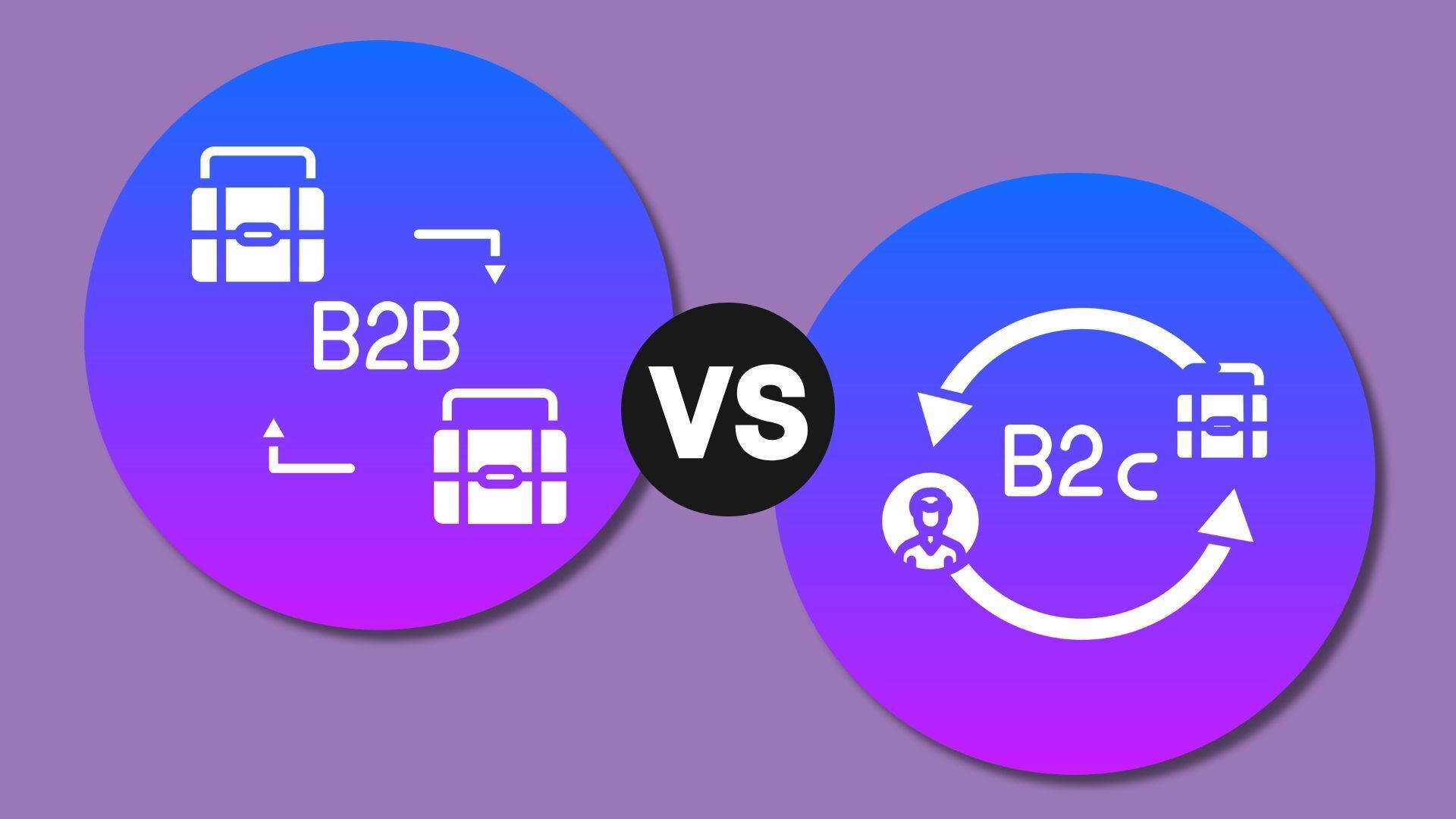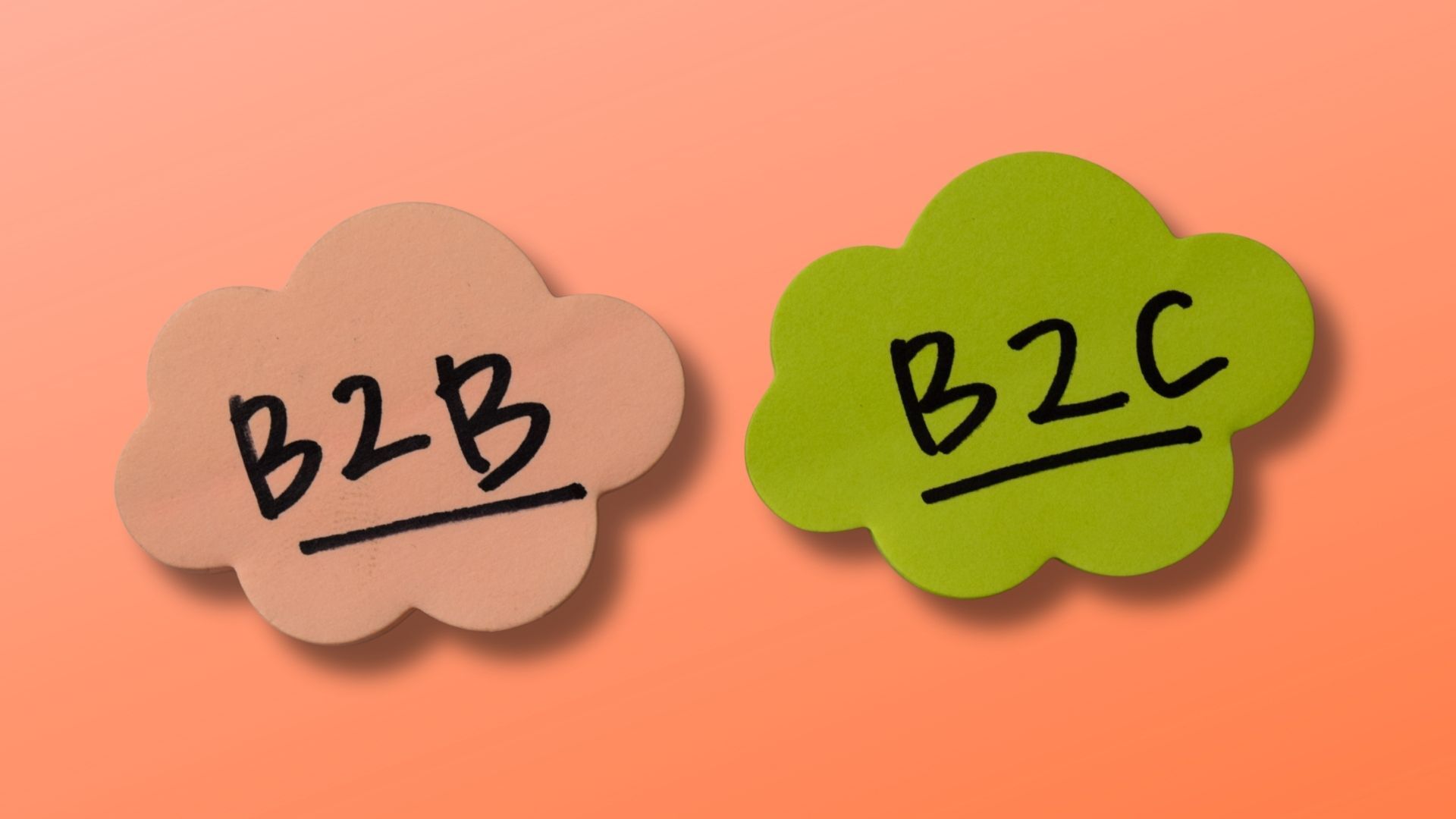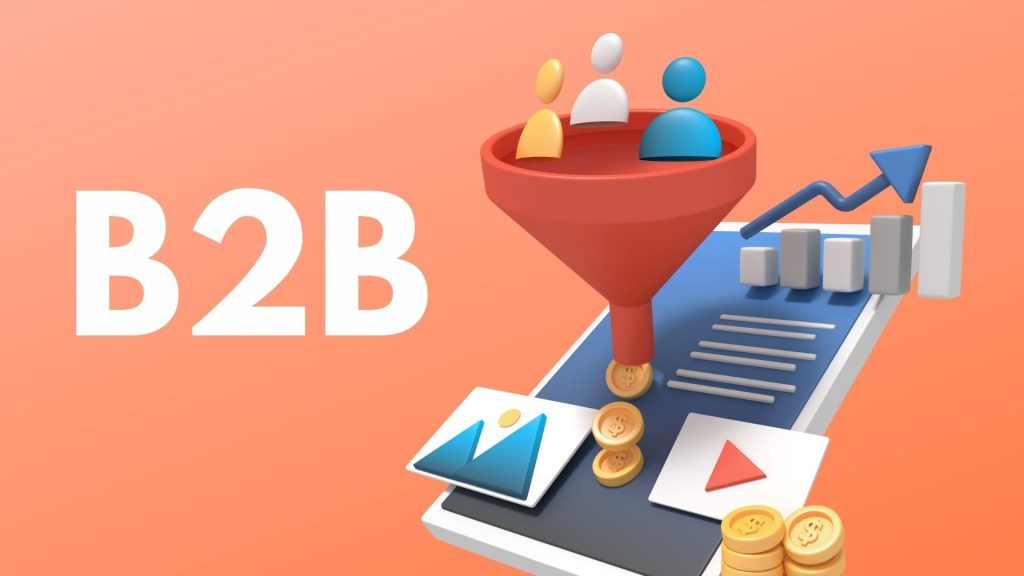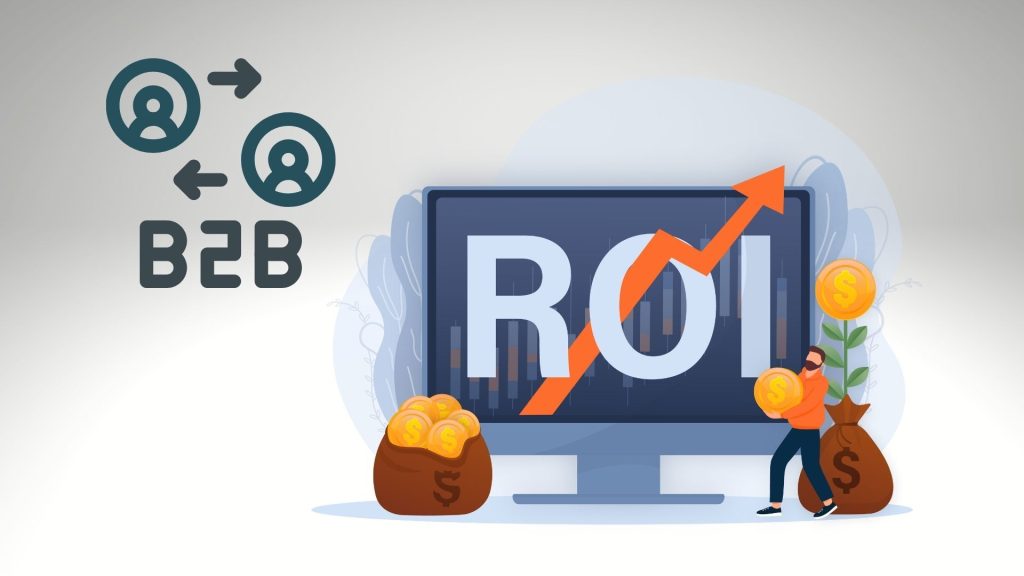B2B vs B2C Marketing: Strategies, Tactics, and Messaging Compared

Marketing to businesses and marketing to consumers operate on entirely different dynamics. The decision-making process, purchasing behavior, and communication style vary significantly between the two. In B2B, buying decisions involve multiple stakeholders, long evaluation cycles, and a focus on ROI and operational efficiency. In contrast, B2C decisions are typically faster, connection-driven, and influenced by brand perception, convenience, and immediate value. Recognizing these distinctions is critical in 2025, where digital ecosystems are more fragmented and audience expectations are higher than ever.
This article examines how strategies, tactics, and messaging differ between B2B and B2C marketing, and why understanding these differences is essential for creating campaigns that convert.
Key Takeaway:
B2B marketing prioritizes relationship-building, long sales cycles, and data-driven decision support. B2C marketing prioritizes fast engagement, personal connection, and seamless purchase experiences. Success depends on aligning strategy, tactics, and messaging with the target audience’s behavior and intent.
Understanding B2B and B2C Marketing
B2B (Business-to-Business) marketing targets organizations rather than individual consumers. Decision-making in this space involves multiple stakeholders, structured procurement processes, and a strong focus on long-term value. Buyers assess vendors based on ROI, integration potential, and reliability, factors that directly impact operational performance. In contrast, B2C (Business-to-Consumer) marketing speaks to individuals driven by personal needs, convenience, and emotion. Purchasing decisions are often impulsive, influenced by lifestyle alignment, brand trust, and digital experiences such as social proof or influencer recommendations.
Across both models, digital marketing serves as the core channel that connects brands to their audiences, enabling personalized communication, measurable performance, and scalable engagement across search, social, and content platforms.
The contrast extends beyond audience type to the entire marketing approach. B2B campaigns emphasize relationship development, personalized outreach, and educational content that supports complex decision journeys. B2C strategies prioritize scale, persuasive storytelling, and rapid conversion through persuasive messaging and seamless user experiences. Understanding these foundations is essential before comparing how strategies, tactics, and messaging evolve within each model.
Quick Comparison: B2B vs B2C Marketing Fundamentals
| Aspect | B2B Marketing | B2C Marketing |
| Target Audience | Businesses, professionals, and decision-makers | Individual consumers |
| Buying Motivation | Logic, ROI, efficiency, and long-term value | Emotion, convenience, lifestyle, and instant satisfaction |
| Sales Cycle | Longer, multi-step process with multiple stakeholders | Shorter, often impulse-driven |
| Messaging Focus | Informational, data-backed, value-driven | Emotional, story-driven, and brand-focused |
| Primary Goal | Relationship building, lead nurturing, sustained contracts | Brand awareness, high conversion, and repeat sales |
Audience and Buyer Behavior Differences
The core distinction between B2B and B2C marketing lies in how audiences research, evaluate, and decide. B2B buyers operate within structured decision frameworks, often involving cross-functional teams and multi-stage approvals. Their journey is deliberate and data-driven; buyers now complete up to 70% of their research before contacting a vendor. They rely on detailed content such as case studies, ROI calculators, and product demonstrations to justify investment decisions.
B2C audiences move through the funnel much faster. Purchase intent can form within seconds, shaped by social algorithms, peer reviews, or influencer recommendations. These consumers prioritize personal relevance, experiential resonance, and convenience. A compelling visual, a limited-time offer, or an authentic brand story can instantly trigger action.
Understanding these behavioral contrasts allows marketers to tailor their approach: B2B strategies must sustain engagement over time through value-driven education, while B2C efforts should capture attention and convert within moments of interest.
Strategic Approaches and Objectives
B2B strategies are designed around precision, long-term growth, and measurable ROI. The focus is on generating qualified leads, nurturing them through education, and building trust that converts into recurring revenue. Account-based marketing, data-driven segmentation, and personalized outreach dominate this space, supported by channels such as LinkedIn, webinars, and industry events. High-value content, like whitepapers, case studies, and research reports, reinforces authority and supports complex purchase decisions.
B2C strategies prioritize volume, visibility, and speed of conversion. The goal is to influence buying intent through personal connection and convenience. Brands leverage social media, influencer collaborations, and targeted ads to drive engagement at scale. Personalization, short-form video, and social commerce platforms like TikTok Shop or Instagram Checkout now play a central role in bridging awareness and purchase. Promotions, loyalty programs, and interactive campaigns sustain momentum and repeat purchases.
These contrasting approaches reflect how each model aligns its marketing objectives with audience behavior, B2B builds credibility through expertise and value delivery, while B2C drives action through immediacy and psychological impact.

Tactics and Execution
The tactical divide between B2B and B2C marketing becomes most evident during execution. In B2B, campaigns revolve around precision and relationship depth. Account-based marketing (ABM) enables teams to engage specific organizations with tailored messaging and multi-channel coordination. SEO strategies emphasize intent-based, long-tail queries that reflect research-oriented behavior, while content focuses on solving operational problems or demonstrating ROI. Automation tools, CRM integration, and performance analytics ensure that every interaction supports lead nurturing and pipeline growth.
B2C execution prioritizes scale, speed, and emotional connection. Marketers focus on high-traffic keywords, visually compelling creative, and social-first campaigns that spark engagement and drive impulse purchases. Personalization engines and AI-driven targeting allow brands to deliver offers in real time, through social ads, push notifications, or email sequences. Storytelling, influencer collaborations, and user-generated content sustain awareness and trust, turning attention into action almost instantly.
B2B execution depends on sustained engagement and multi-touch precision, while B2C success hinges on timing, relevance, and the ability to convert emotion into immediate response.
Messaging, Tone, and Brand Voice
Messaging defines how a brand connects intention with perception, and in B2B and B2C, tone determines credibility. B2B communication emphasizes clarity, expertise, and reliability. Messages often use evidence, case studies, performance metrics, and client success stories to build confidence and justify investment. However, modern B2B brands are moving beyond technical language, adopting more human and narrative-driven tones to make complex solutions relatable without losing authority.
B2C messaging, meanwhile, thrives on emotion and identity. Its tone is conversational, visual, and built around shared experiences. Storytelling highlights lifestyle, aspiration, or belonging, using imagery and community-driven narratives to influence perception. Authenticity and immediacy matter more than polish; consumers trust brands that sound human and reflect their values.
While both models aim to earn trust, they do so through different emotional frameworks, B2B nurtures confidence through logic and credibility, while B2C inspires action through connection and empathy. Consistent tone across every channel strengthens brand recognition and reinforces that trust over time.
Convergence and the Future of Marketing
The boundaries between B2B and B2C marketing are becoming less rigid. Digital transformation, data-driven personalization, and AI-powered automation have pushed both models toward a shared center: relevance. Today’s B2B buyers expect the same seamless, personalized experiences as consumers, while B2C brands increasingly adopt analytical, long-term strategies once reserved for enterprise markets.
Omnichannel engagement, predictive analytics, and content personalization now influence both sides. B2B marketers use emotional storytelling to humanize their brands, while B2C marketers leverage data to refine targeting and improve retention. This convergence signals a future where effective marketing is defined not by audience type but by adaptability, insight, and experience design.
Conclusion
As the lines between B2B and B2C marketing continue to blur, success is no longer defined by which model a brand follows, but by how well it adapts to audience expectations. The strongest strategies combine B2B’s precision and credibility with B2C’s creativity and emotional depth.
Modern marketers must think beyond categories, aligning strategy, tactics, and messaging to deliver value through data, relevance, and authenticity. Whether the goal is to build long-term partnerships or drive immediate conversions, the brands that will thrive are those that integrate logic with empathy and insight with agility.


